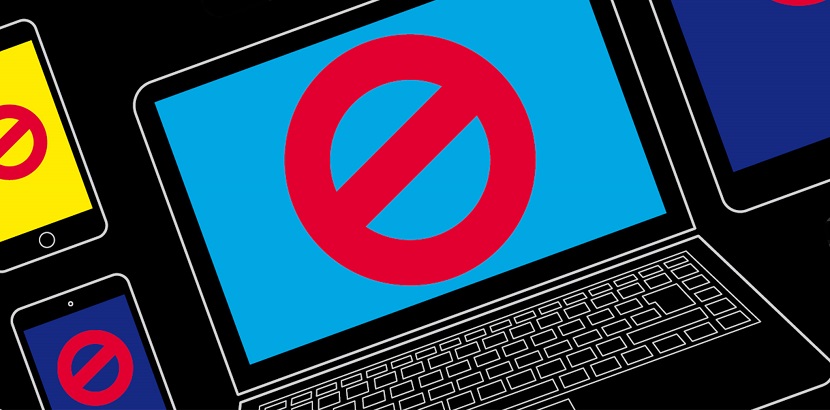New insights into why consumers are installing ad blockers

According to eMarketer installation of ad blockers on desktop is still increasing, up 48% to 45 million people in 2015, by the end of 2016 this will hit 63 million and rise to 77 million in 2017. But what exactly drives people to turn to ad blockers?
Two new surveys have just been released that show some very interesting insights. Omnicom Media Group (OMG) surveyed a large sample group as did IAB in their survey “Ad Blocking: Who Blocks Ads, Why, and How to Win Them Back.” Here are their key findings:
Installation
Nearly two in three were aware of ad blockers and 70% installed an ad blocker as soon as they found out that it was possible to do so. 65% said they saw an improved user experience after using ad blockers and 70% said they would recommend them to friends and family. If they had to pay for ad blocking software 28% said they wouldn’t install them. (OMG)
Like many surveys that query consumers about technology and the lack of understanding of it, the IAB study found that while 40 percent of people thought they were using an ad blocker, only 26% had ad blocking software installed. Many of these respondents incorrectly believed that their popup blocker or security software acted as an ad blocker. (IAB)
Ad formats
Ad block users are not against all ad formats, but there is one format in particular that they really dislike and that is the popup. 45% installed ad blockers to avoid popup ads, 40% because they didn’t want to be constantly targeted with advertising and 30% used it to block pre-roll ads which prevent them instant access to content. One in four (26%) were much less motivated to block ads that were entertaining and more than half (52%) accepted skippable ads versus 28% who accepted unskippable ads. (OMG)
The ads that were most hated by consumers were ads that delayed or obscured their access to websites, long video ads that they were forced to watch before short video content and ads that travelled up and down the page as they scrolled. (IAB)
Disabling ad blockers
23% would do this if they trusted a website not to serve annoying ads, 35% if the website promised them that it would deliver non-intrusive ads and 19% if ad blockers prevented access to content. (OMG)
Based around IAB’s industry standard LEAN principles (Light, Encrypted, AdChoice supported, Non-invasive), IAB found that sites that adopted these principles would have the greatest influence in convincing a person to disable an ad blocker. (IAB)
Who is to blame?
Half of consumers (48%) say websites hold most of the responsibility versus 28% who say it is advertisers. (OMG)
Learnings
Publishers need to do a better job of conveying the perceived value exchange, as well as provide better communication, transparency and safeguard consumers’ privacy.
Popups are to be avoided as they negatively affect both the brands of the publisher and advertiser and video ad formats should have a skip button available.
Advertisers need to work with publishers to create a cleaner digital experience as well as listen to consumers’ preferences for ad content and format.
ExoClick’s solution
If you are worried about ad blocking ExoClick has a solution for publishers to monetise their ad block traffic, visit www.NeverBlock.com for more details.
Survey links
IAB
Omnicom Media Group (OMG)
Read our blog post ‘What Can Publishers Do About Ad Blocking‘